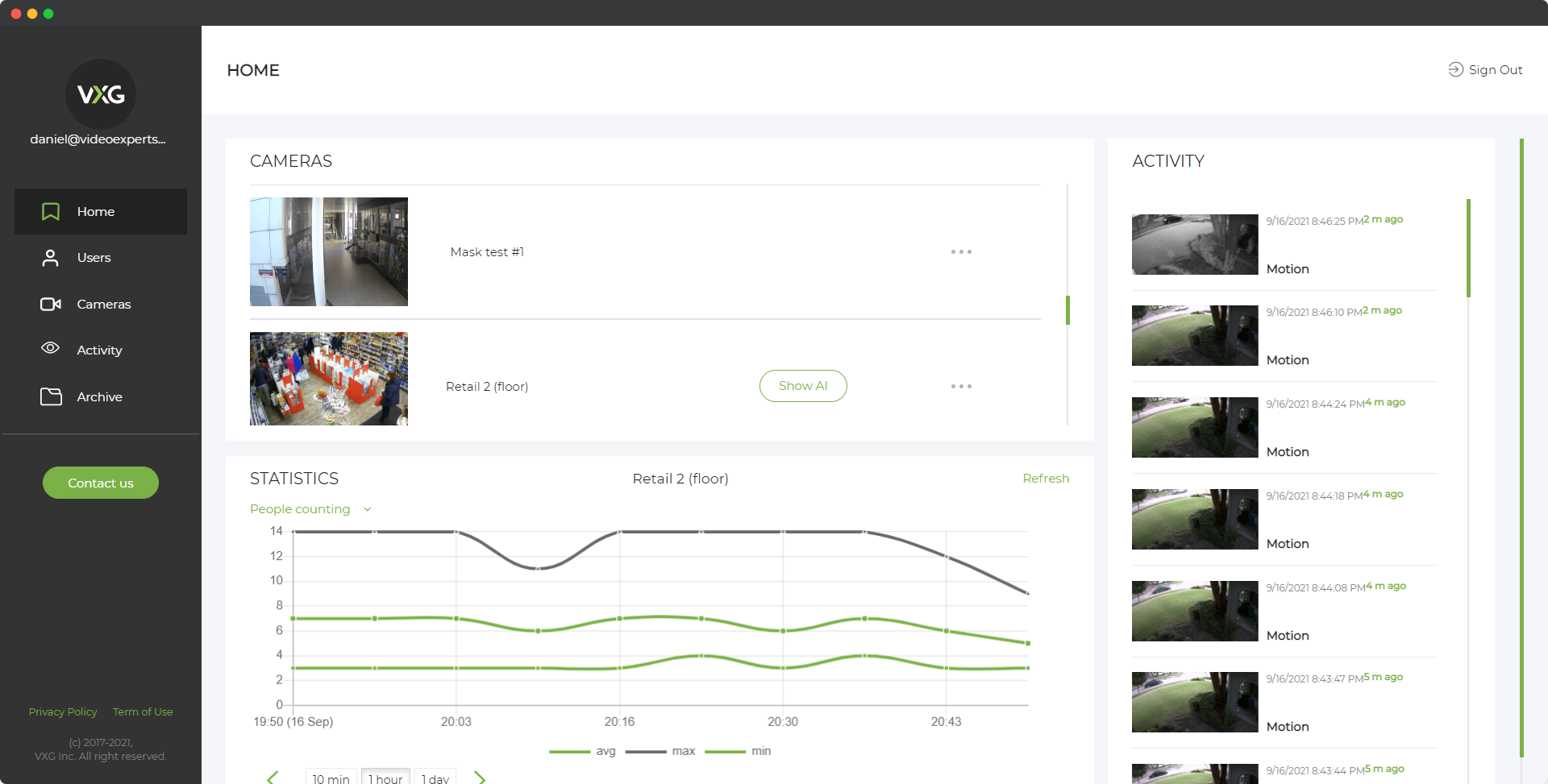Low-Latency HTTP Live Streaming, often abbreviated as LL-HLS, is an advanced version of Apple's HTTP Live Streaming (HLS) protocol. It is designed to reduce the delay between the live source and the end user, making the streaming experience almost real-time. This is particularly useful for live events, gaming, sports, and other applications where timing is critical.
What is LL-HLS?
LL-HLS is a streaming protocol that improves on the standard HLS by minimizing latency. Latency in streaming refers to the time it takes for a live broadcast to be delivered to the viewer. Traditional HLS can have a delay of 30 seconds or more, which can be problematic for live interactions. LL-HLS aims to reduce this delay to just a few seconds, providing a smoother and more immediate viewing experience.
How does LL-HLS work?
LL-HLS achieves low latency through several key techniques:
- Shorter Segments: In traditional HLS, video is broken into segments that are typically 6 to 10 seconds long. LL-HLS uses much shorter segments, often just 1 to 2 seconds. This reduces the time needed to buffer and start playback.
- Part Segments: LL-HLS introduces the concept of "part segments," which are even smaller chunks of the main segments. These part segments can be delivered and played almost immediately, further reducing latency.
- HTTP/2 Push and Partial Segment Fetching: LL-HLS leverages HTTP/2 features to push content to the client more efficiently. Partial segment fetching allows the client to request and start playing portions of segments before the entire segment is available.
- Playlist Updates: LL-HLS updates the playlist more frequently. The playlist is a file that tells the player where to find the video segments. Frequent updates ensure the player has the latest segments as soon as they are available.
- Reduced Buffering: By using shorter segments and part segments, LL-HLS minimizes the amount of data that needs to be buffered before playback can start. This helps in reducing the startup time and maintaining low latency.
Which players support LL-HLS?
Several media players support LL-HLS, enabling viewers to take advantage of low-latency streaming. Some popular LL-HLS players include:
- Apple's AVPlayer: AVPlayer is the native player for iOS and macOS, supporting LL-HLS and providing smooth playback on Apple devices.
- hls.js: hls.js is a JavaScript library that brings HLS and LL-HLS support to HTML5 video players. It is widely used for web-based video streaming.
- JW Player: JW Player is a versatile media player that supports LL-HLS, offering robust streaming capabilities for both web and mobile platforms.
- THEOplayer: THEOplayer is another professional player that supports LL-HLS, providing a seamless streaming experience with low latency.
- Bitmovin Player: Bitmovin Player is known for its high performance and supports LL-HLS, making it suitable for delivering low-latency content across various devices.
LL-HLS is a significant advancement in streaming technology, offering a nearly real-time viewing experience. As the demand for live and interactive content continues to grow, LL-HLS is poised to become a key player in the streaming industry.
















